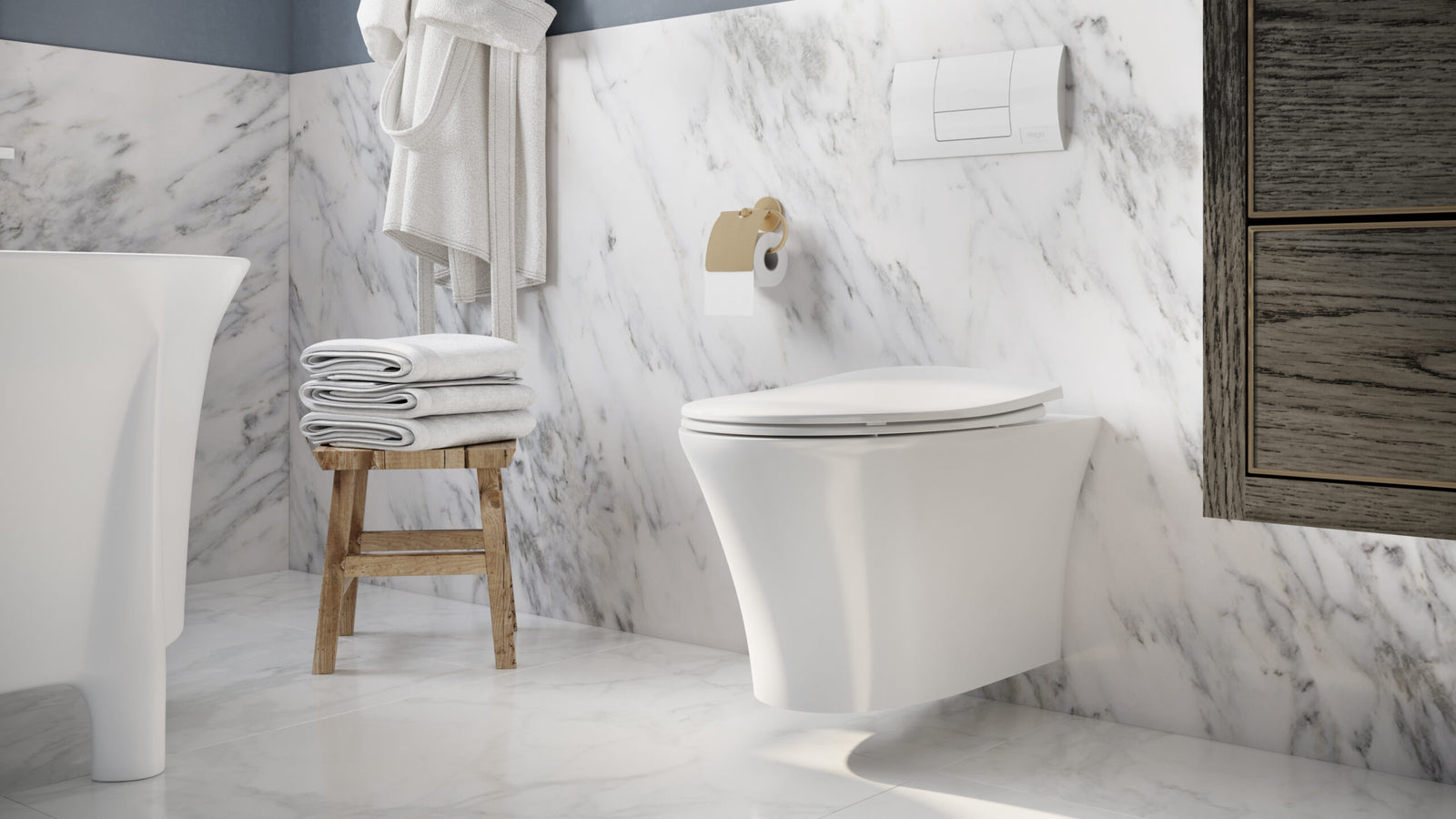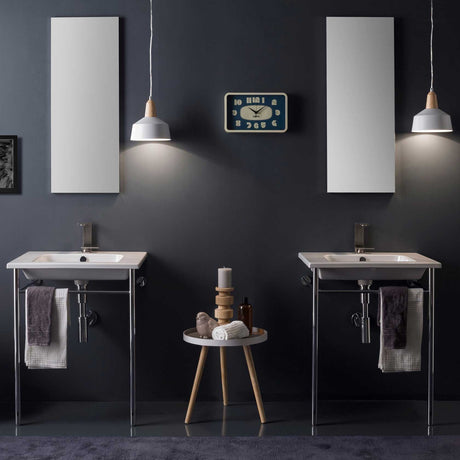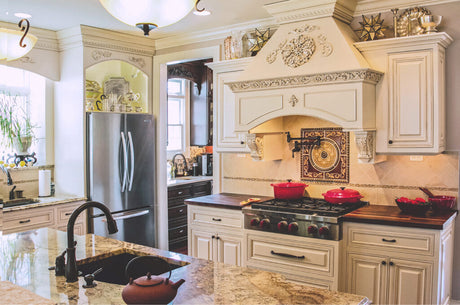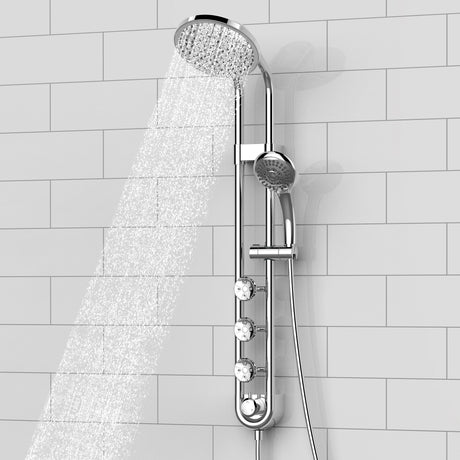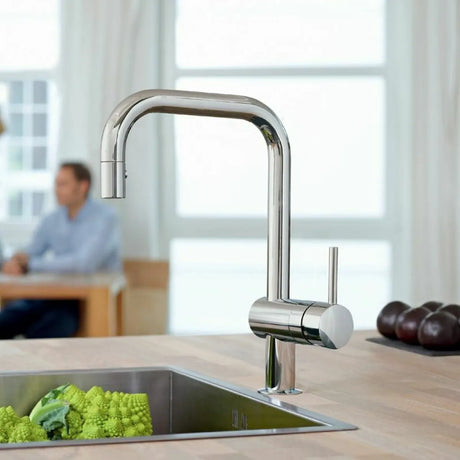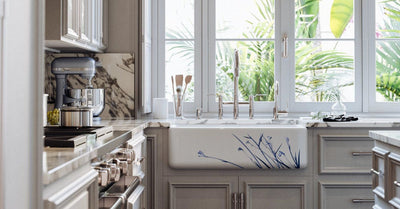Toilets. We use them every day without giving much thought to their significance. Yet, these humble fixtures have not only played a pivotal role in human hygiene but also shaped our societies and influenced our understanding of sanitation. Delving into the fascinating history of toilets uncovers a tale of innovation, cultural practices, and environmental impact. Join us on this immersive journey as we explore the evolution of toilets and gain a newfound appreciation for this indispensable necessity.
Ancient Beginnings: The concept of cleansing after elimination can be traced back to the earliest civilizations, such as the Harappan civilization in the Indus Valley (c. 3000 BCE). Archaeological excavations have revealed ancient toilets in their city planning, emphasizing the importance ancient societies placed on sanitation. The Harappans constructed toilets that utilized an advanced water management system to maintain cleanliness and promote hygiene.
Roman Innovations: Perhaps one of the most significant contributions to the evolution of toilets came from the ingenious Romans. Their advanced aqueducts and sewer systems revolutionized sanitation practices in ancient cities. Wealthy Romans enjoyed the luxury of private latrines featuring built-in flushing mechanisms, often connected to the local sewer system. Public toilets, known as "cloacina," were also prevalent, illustrating the Romans' emphasis on public health.
Medieval Challenges: The medieval era posed considerable challenges to sanitation practices in Europe. With the decline of ancient sewage systems, chamber pots and cesspools became the primary means of waste disposal. Hygiene standards plummeted, leading to rampant diseases and epidemics. It wasn't until the late Middle Ages that rudimentary privies, often accessible from upper floors into outdoor ditches, began to appear. These primitive structures laid the groundwork for future advancements.
The Renaissance Revival: The dawn of the Renaissance period ushered in an intellectual and cultural rebirth, inspiring innovative approaches to various sectors, including sanitation. Leonardo da Vinci, renowned for his mastery in multiple disciplines, designed a toilet system that utilized flowing water and avoidance of odors. Unfortunately, these designs remained mostly on paper, failing to influence practical implementations of toilets during his time.
18th Century Advancements: The 18th century witnessed significant strides in toilet technology. Sir John Harrington, a godson of Queen Elizabeth I, designed and introduced the first flush toilet, aptly named the "Ajax." Although considered a luxury for the elite, this invention marked a turning point in toilet advancements.
Thomas Crapper and the Birth of Modern Toilets: The name Thomas Crapper might sound familiar, and for good reason. In the late 19th century, Crapper popularized modern toilets through his plumbing business in London. He improved flushing mechanisms, incorporating the siphoning principle and creating a more efficient and hygienic system. Crapper's innovations forever changed the way we handle waste disposal, leading to the widespread adoption of toilets in modern bathrooms.
Toilets as Agents of Social Change: Access to suitable toileting facilities has become an emblem of social progress and development. In the 20th century, the recognition of hygiene as a public health concern led to legislation promoting standardized sanitation practices. Governments worldwide invested in public infrastructures to provide clean and accessible toilets for all. This shift transformed the way toilet facilities were viewed, emphasizing their role in societal well-being.
The Environmental Paradox: While toilets have unquestionably improved our lives, it is essential to consider their environmental impact. Traditional flush toilets consume large volumes of water with each use, contributing to excessive water waste. However, recent developments such as dual-flush systems and low-flow toilets aim to strike a balance between hygiene and conservation. Additionally, initiatives promoting composting toilets and waterless urinals seek to minimize water usage and reduce pollution.
Conclusion: From the ancient civilizations of the past to the modernization of sanitation systems, toilets have evolved magnificently. They have transcended their mere functional purpose to become symbols of hygiene, social progress, and environmental awareness. Understanding the rich tapestry of toilet history underscores the significance of this often taken-for-granted invention. So, the next time you utilize the facilities, take a moment to appreciate the incredible journey that led to the convenience and cleanliness you experience today. After all, toilets are truly a testament to human ingenuity and adaptation.

